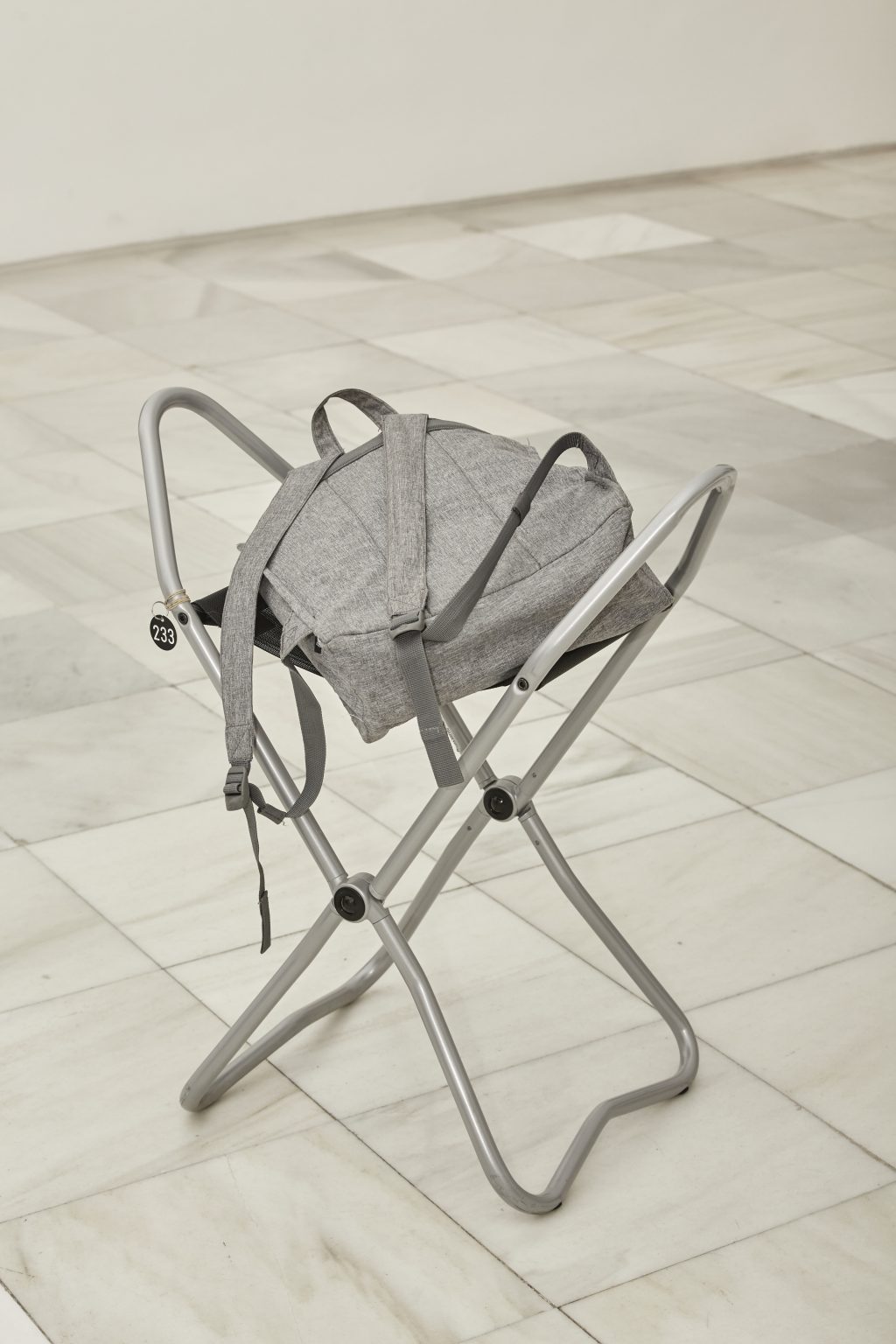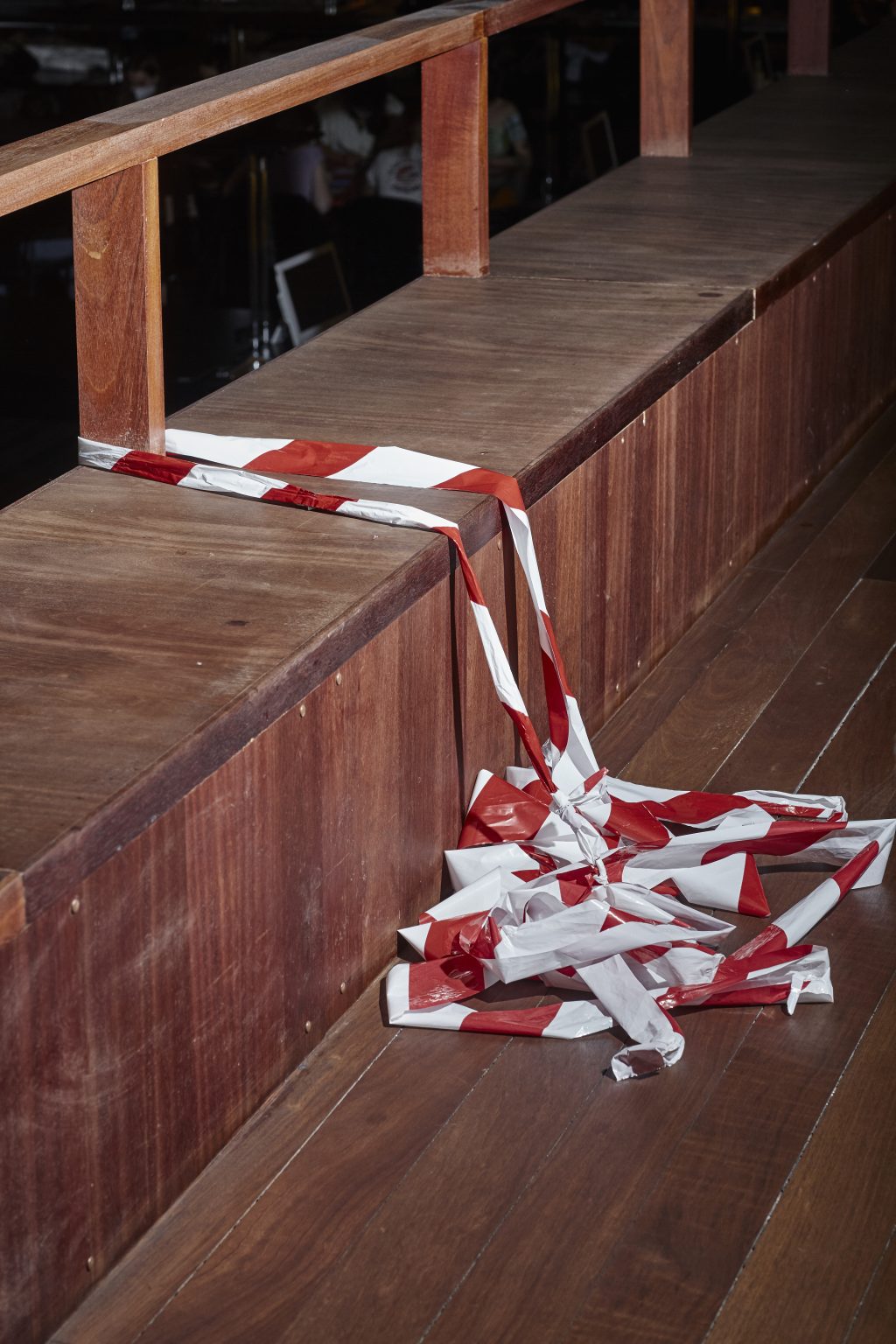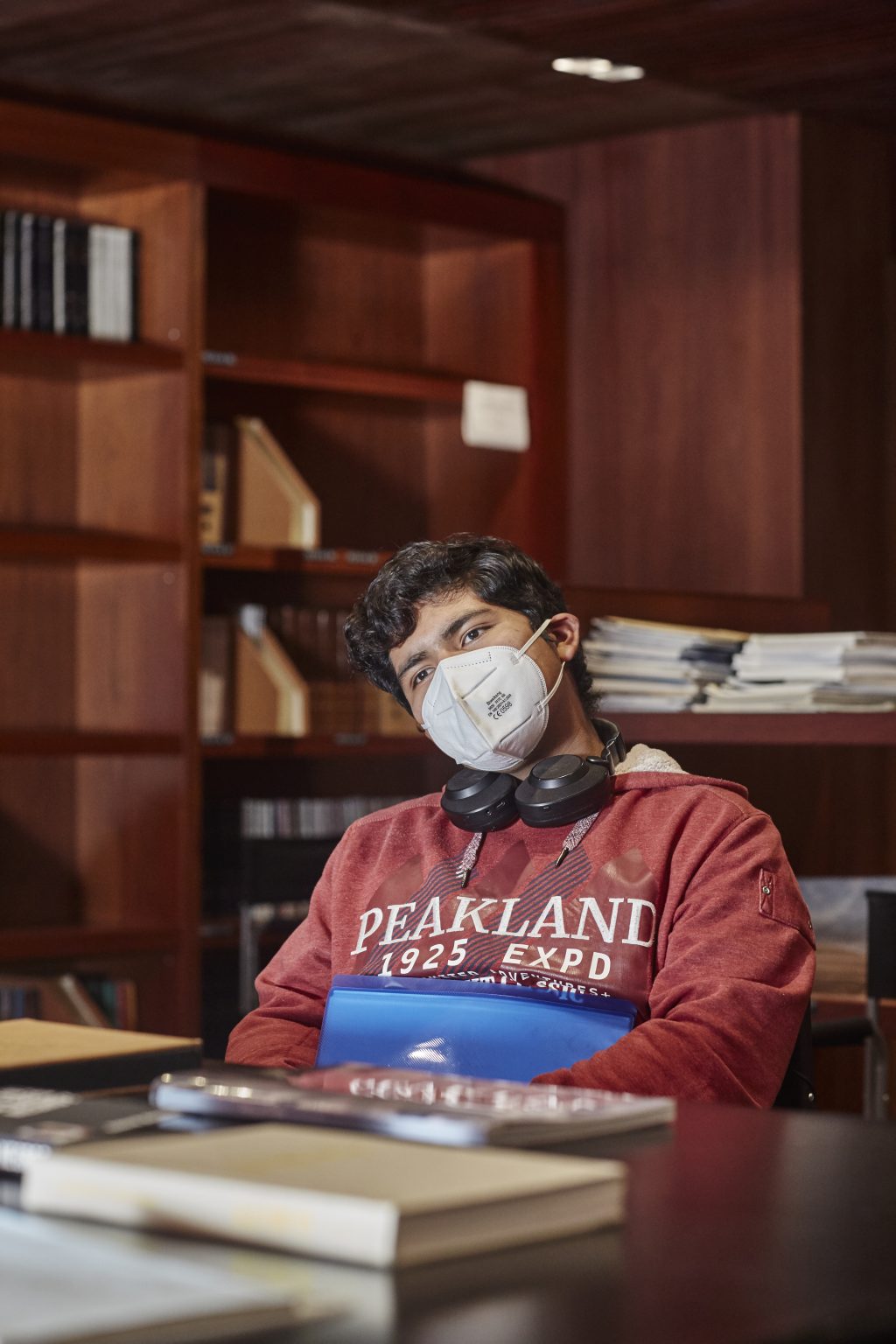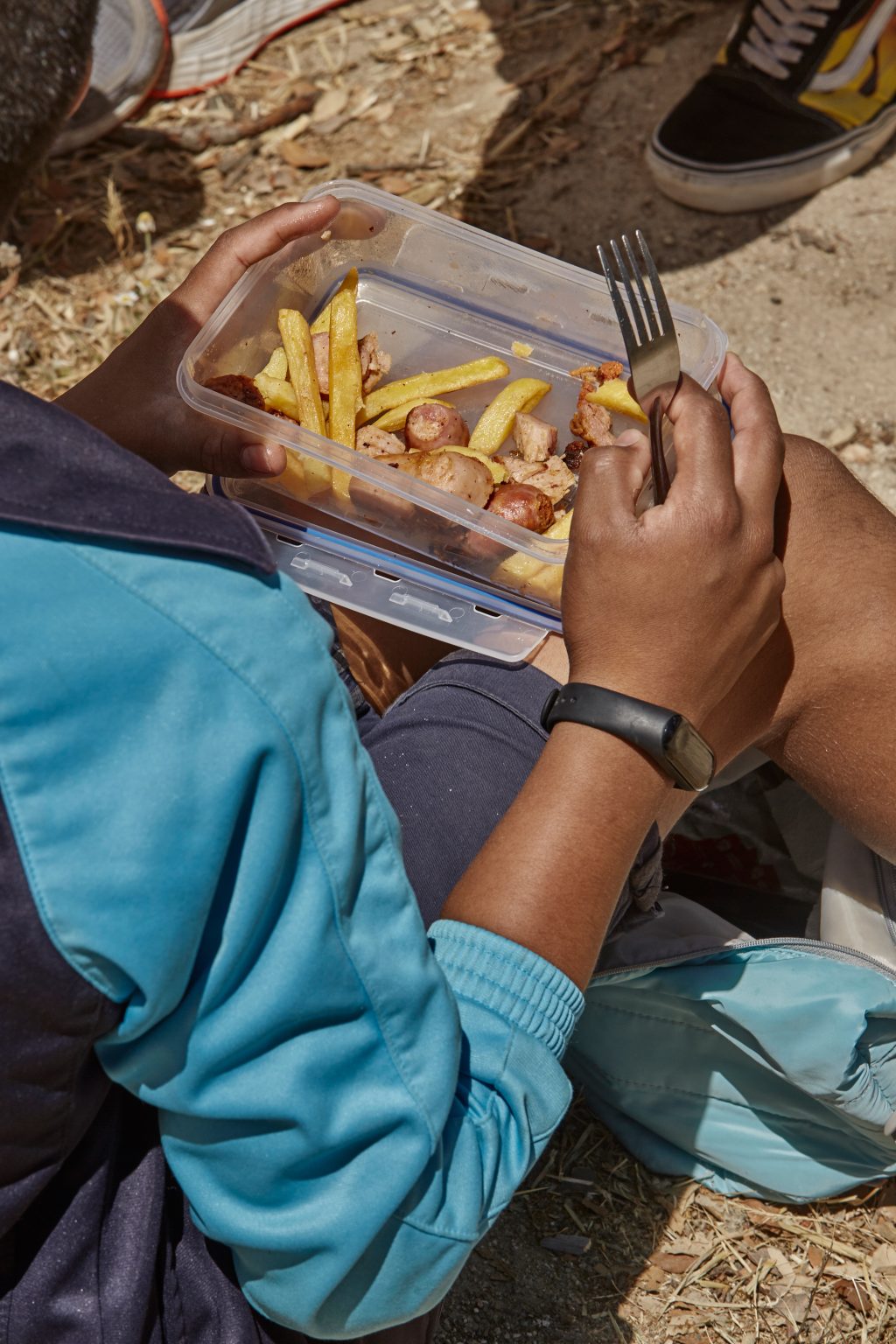Bego Solís / documentation
-
Mediating the Future Reina Sofia Museum
“It is not common for photographic documentation of mediation to be considered as an artistic or research work. It is unusual to establish preservation and archiving strategies for mediation narratives alongside images of exhibitions, acquisitions or artwork. Mediation photography often meets the needs of dissemination and demonstration to funders, patrons and social networks that something happened. That generation of rapidly consumable images promotes a number of identifiable patterns in the genre of museum education photography: faces of wonder, faces of concentration, and bursts of laughter. Mediated histories are decontextualized and skewed in a maneuver to instrumentalize audiences for the greater glory of the museum.
Understanding the importance of photography in the educational archive pushes us to break with these patterns that say little or nothing about what is experienced in a museum during a mediation action. In the Reina Sofia Museum, the loudness of the rooms, the restrictions of movement for the protection of the works and the panopticon architecture that houses the conversations of the communities and teams that meet in the education department, are the protagonists of many moments of which no record remains, nor are they perceived in the photographic documentation.
Rethinking the imaginary of education and cultural mediation through the generation of photographic documentation of the educational activity of the Reina Sofia Museum is the challenge addressed by photographer Bego Solís in the project Contar sin Mediar (Telling without Mediating).
Solís does not want to discover the place, but to recognize it in its limitations and clichés as an iconic place. She studies the role of images in enthroning the museum, turning it into an inert place that does not promote and even deactivates the questioning of its existence as an institution.
Much of what happens in the museum is hidden from the eyes of the visitor. In the offices, in the contracts and in the working conditions of the workers, dwells a reality of the museum that is never photographed or shown. We want to embrace the contradictions, inconsistencies and banalities of museum education narratives through formats such as the diary, the graphic and narrative account or video formats. In the photographic documentation, Solís promotes formats that go beyond the neat and antiseptic institutional discourse to approach a documentation that speaks of what is excluded in these narratives.
This photographic archive is a tool for legitimizing mediation that expands the imaginary of institutional memory.”
Sara Torres Vegawork in progress
-

-

-

-

-

-

-

-

-

-

-

-

-

-
